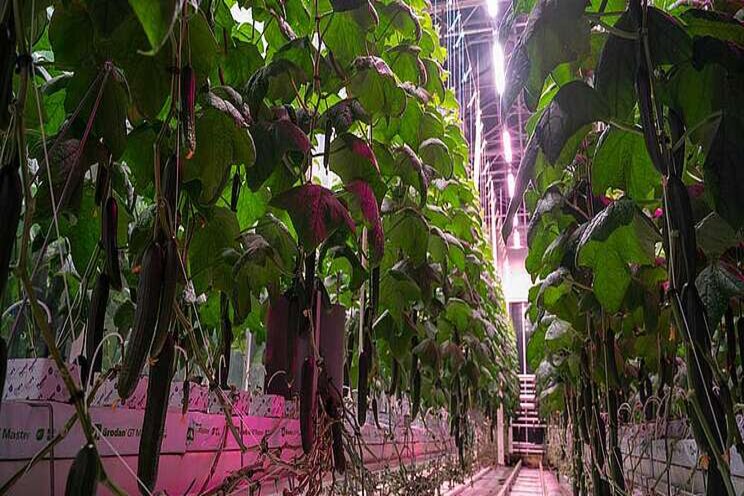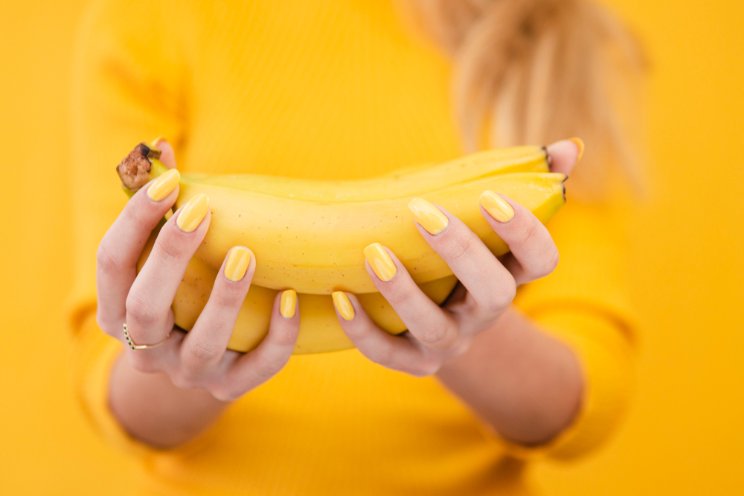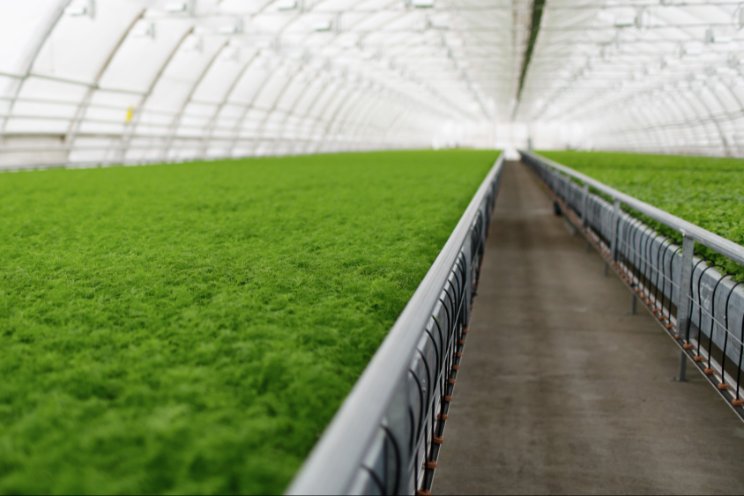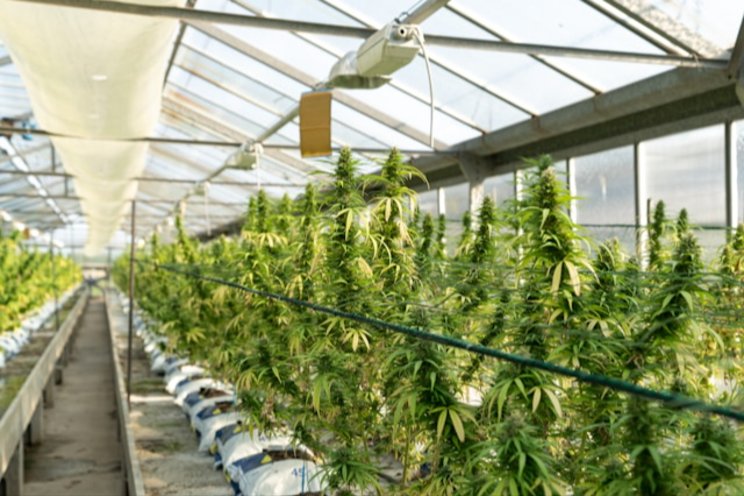Smarter LED lighting for greenhouse crops
Added on 21 October 2020

As growers look to AgTech to become more efficient in their cultivation strategies, a key consideration is how lighting technologies enable growers to yield more fruit all year round, no matter their geographic location. By leveraging the inherent advantages of LEDs, cucumber growers can strategically use high light intensity to ensure their crops are achieving the highest yields—not only in the winter, but during all other seasons of the year.
The value of the Fluence webinar series is the live Q&A where experts answer questions directly from growers. In this session, Leo answered many pertinent frequently asked questions that high-wire cucumber growers face every day:
Q: Why is supplemental light important for cucumbers?
A: Light is a fundamental resource required for photosynthesis. By ensuring plants have access to as much light as a cucumber cultivar can accept, growers can strategically manage their crops and produce more fruit with fewer resources as compared to growing with HPS lighting. Additionally, by understanding lighting differentiators such as PPF, PPFD, and DLI, cucumber growers can speed their time to harvest to ensure a reliable production timeline and establish operational consistency that will meet the needs of their customers.
Q: What should I consider when deciding between LEDs and HPS as supplemental lighting solutions?
A: An important characteristic of LEDs to consider is how they release less radiant heat than comparable HPS lighting technologies. Because of this, cucumber greenhouses can use supplemental lighting at times when HPS technologies cannot be used, e.g., during the spring, or in hotter climates, ensuring high-quality fruit year-round. Furthermore, because LEDs are much more efficient at converting energy into photons of light, energy costs are much lower than when using HPS lighting to achieve a comparable PPFD.
Q: What is the benefit of using broad-spectrum LED lighting as a supplemental light source?
A: Our research has shown us that the use of broad-spectrum supplemental lighting results in shorter internode spacing compared to supplementing with narrow-band spectra. By pairing this morphological phenomenon with other strategic changes in pruning and plant density, growers can significantly increase their cucumber yields.
To learn more, watch the entire webinar here, or contact a Fluence sales representative here to discuss how we can help you improve your business.
Source and Photo Courtesy of Fluence By OSRAM
Source: Fluence By OSRAM
More news















